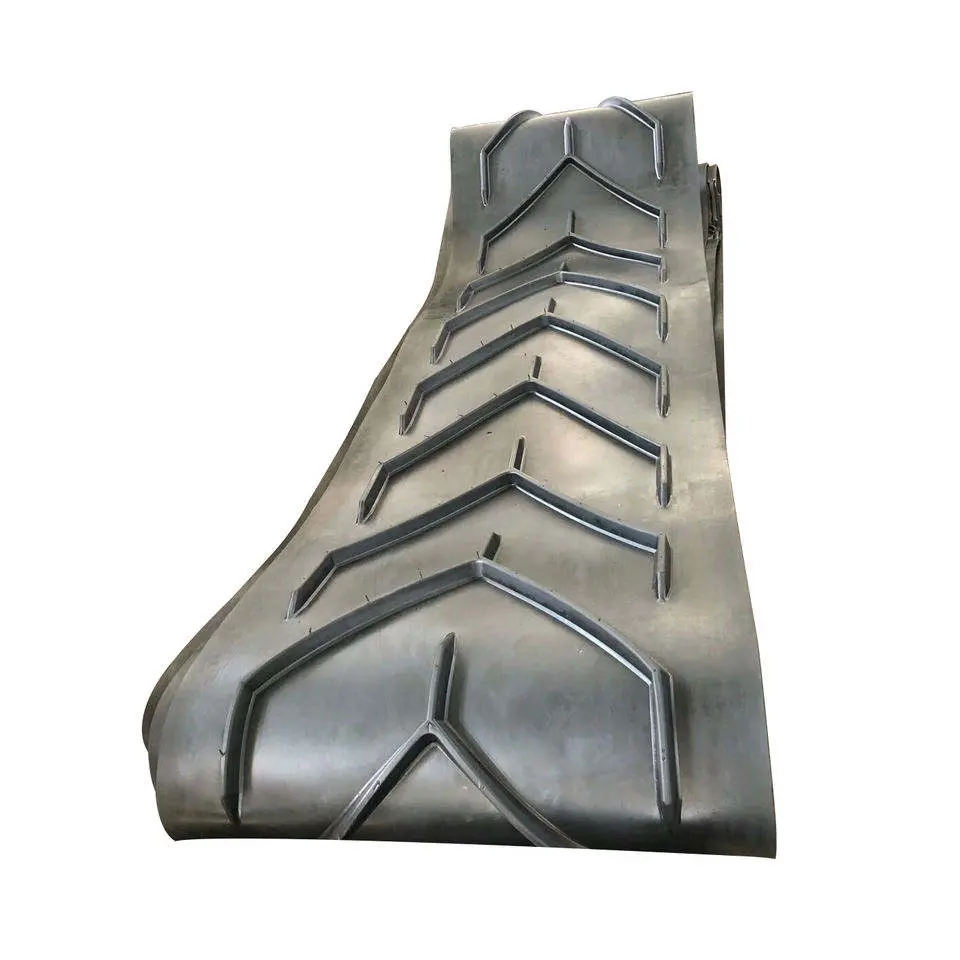Conveyor Belt Price Fluctuation Factors
2025-06-27
The price of conveyor belts fluctuates due to a variety of factors, including raw material costs, technological advancements, market demand, and external economic conditions.
Raw Material Costs: The primary components of conveyor belts are rubber, steel, and fabric. Prices of these materials can vary based on supply and demand in the global market. For instance, fluctuations in the cost of oil can directly impact the price of synthetic rubber, a key ingredient in many belts.
Manufacturing Technology: Advancements in manufacturing technologies can reduce production costs, leading to price decreases. On the other hand, if a company invests in more specialized or advanced technology for a higher quality product, it can increase the cost of the conveyor belt.

Demand and Supply: Market demand plays a significant role. Industries such as mining, logistics, and manufacturing heavily rely on conveyor belts. A surge in demand from these sectors can drive prices up, especially if supply is unable to keep pace.
Transportation and Logistics: The cost of transporting raw materials to factories and finished belts to end-users is another factor. Disruptions in global trade or changes in fuel prices can influence overall pricing.
Economic Conditions: Economic downturns or inflationary pressures can reduce purchasing power or raise costs across industries, leading to price adjustments in conveyor belts. Conversely, periods of economic growth may increase demand and subsequently push prices higher.
In conclusion, while conveyor belt prices are generally influenced by the cost of materials and manufacturing processes, external factors like demand, technology, and economic conditions also contribute significantly to fluctuations.
As a professional manufacturer and supplier, we provide high-quality products. If you are interested in our products or have any questions, please feel free to contact us.


